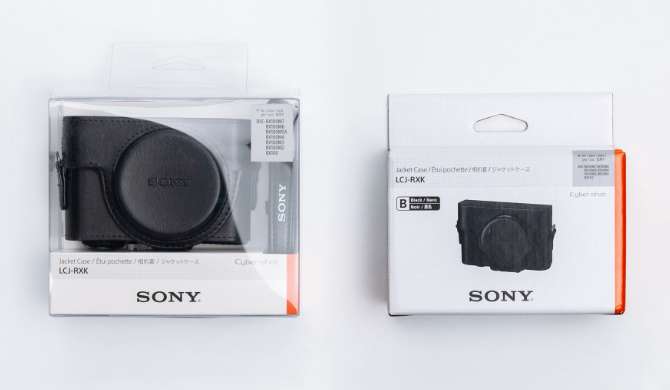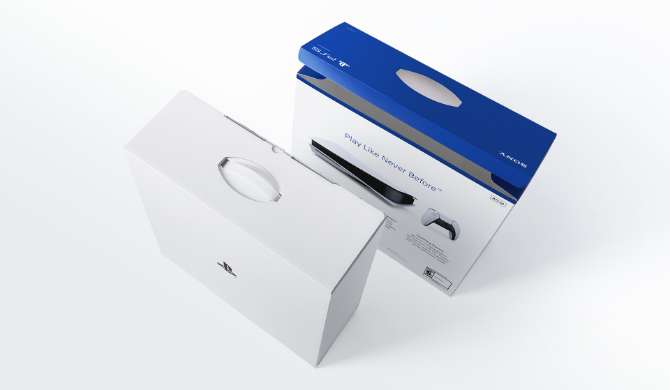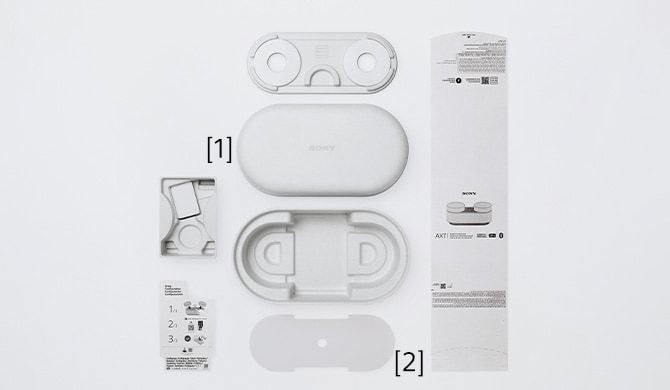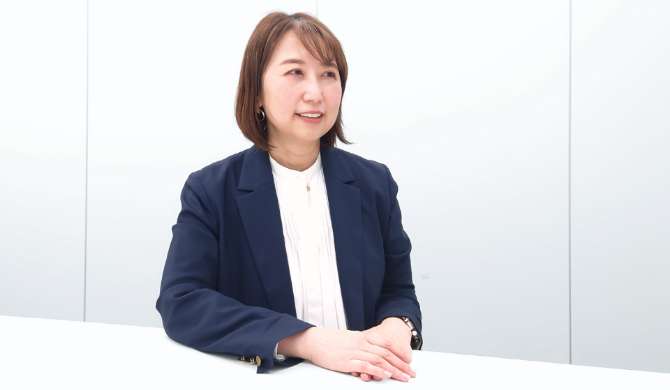
The continuing evolution of
packaging with the environment
in mind
Under our “Road to Zero” global environmental plan, Sony aims to reduce the environmental impact of its business activities and
products over their lifecycles to zero. We strive to contribute to tackling resource and plastic pollution issues by reducing plastic
usage, not only in products but also in packaging, through measures such as reducing the size and weight of packaging, and
selecting packaging materials with consideration of their environmental impact.
In pursuit of packaging
optimisation
Toward simpler packaging
Through redesigning its packaging, Sony aims to reduce packaging material usage while ensuring that the
performance of the packaging is maintained.
- Reducing cushioning materials in
TV
packaging Years of simulations and logistics know-how have allowed Sony to optimise packaging to protect the product while reducing the amount of packaging materials used. Conventionally used on all sides of televisions, optimisation has enabled reduced usage of cushioning materials on the left and right sides, with the amount of plastic used in packaging cut by approximately 48%*1
*1. FY22 and FY23 models compared to FY18 models. The ratio may vary by model.

- PS5™ protection bags reduced
Where feasible, plastic protection bags used for cables and instruction manuals have
been eliminated in the packaging of the PS5.

Reducing plastic by using
substitute materials
Sony is replacing the plastic materials traditionally used in packaging with paper and other materials, while ensuring that the all-
important cushioning properties of the packaging are maintained.
- Camera accessory blister packs replaced with paper
The outer cartons for more than 130 camera accessories have been changed from plastic blister packs to paper*2, overcoming some major design challenges in making the packaging strong while clearly communicating its contents.
*2. Varies depending on store inventory.

- Replacing plastic in PS5
packaging When launched in 2020, packaging for the PS5 console and accessories was 93-99% fibre-based*3. To achieve this, expanded polystyrene or plastic trays were replaced with pulp cushion trays, plastic cable ties were replaced with paper, and plastic display windows were replaced with a paper-based alternative design.
*3. By weight. Varies depending on product.

Raising environmental
awareness with packaging
Original Blended MaterialPaper material developed by Sony
Original Blended Material (OBM) is a high-quality, naturally-coloured and pleasantly tactile paper material developed by Sony and
intended to raise environmental awareness among those who pick up OBM packages. It is made from bamboo, sugarcane fibres, and
recycled paper. Highly versatile, it can be used for many purposes, including a wide variety of packaging needs and
instruction manuals.

- OBM in HT-AX7 packaging
The exterior, interior, and sleeve of the portable theatre system, HT-AX7 package*4 are made of Original Blended Material.
*4. Except for some of the parts shown at [1] and [2] in the image.
Learn more about environmental activities around audio products

- OBM employed for disc trays
Disc trays using OBM have been developed to support all types of optical discs: CD, DVD, Blu-ray™, and Ultra HD Blu-ray. In addition, the plastic content of the clamp that holds the disc in place has been reduced by approximately 51%, giving an overall reduction of approximately 97% in petroleum-based plastics compared to existing plastic disc trays.

Interview
- Hiroe Suzuki
- Sony Music Solutions Inc.
Manufacturing & Sales

Until now the standard packaging for music and video products has been ready-made plastic cases. In response to the growing interest in the environment among artists and listeners, we began developing disc trays using Original Blended Material in the spring of 2022, and these trays were adopted for Ryokuoushoku Shakai’s single disc “Hana ni natte” (Be a Flower), released on December 6, 2023.
An issue during development was how to deal with paper dust. Optical discs are naturally charged with static electricity, which tends to attract paper dust. We addressed this issue by devising shaping and other methods, and achieved similar quality to conventional plastic disc trays, even though they are made of paper.
Going forward, we will add tall disc trays for video products to our lineup so they can be used for a wide range of products. We are also seeing a lot of interest from record and video companies outside the Sony Music Group, and we’re pursuing outside sales. We would like to promote this as a new packaging standard for music and video products throughout the industry.
RELATED LINK
*5. Features and specifications are subject to change without prior notice.

